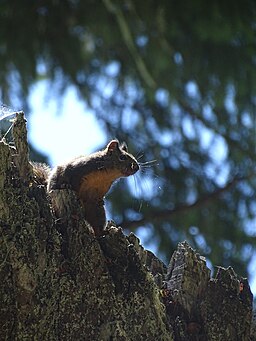
(Turtles have always been rare on the North Coast. Unlike the other three reptiles that manage to survive here [this one and this one and this one], they're egg layers, and the rotting wet and lack of spring sunshine makes that problematic. So it was that I, an inveterate turtle lover, had only ever found a single one in the lake I grew up on. On summer days I used row quite a distance to see him, hauled out on his log of choice.
In the intervening years the lake got severely over-developed and the swampy shore where our lone turtle lived turned into lawn. The very log he used to bask on was ripped out of the lake. Since that time, about when I was in college, I've only seen one other turtle here, in a nearby lake just a few years ago.
Then, while walking the dog near some containment ponds last week, I encountered six (!) of them, lined up on a log beneath the first real sun we've had this year. Sadly, they were too far away for a recognisable photograph, but as I rounded the corner, I found a small one, about the size of an adult's hand, close enough for my phone to steal a shot. Still too far for positive species identification, but the Western painted turtle [Chrysemys picta bellii] being functionally our only native, this is probably that.
This must be how it feels to bag a photo of Sasquatch.
Next day, a friend posted photos of a similar line of turtles in my childhood lake, about 6 miles away. Both events have blown my mind.
It's hard not to draw the conclusion that this is yet another symptom of climate disruption. Less rainfall and elevated temperatures have almost certainly raised the turtle fertility here. I'm delighted to see them, but it's one more indication that our unique North Coast environment is rapidly disappearing.)
Appearing also on My Corner of the World.










